Blog
Jewellok is a professional pressure regulator and valve manufacturer and supplier.
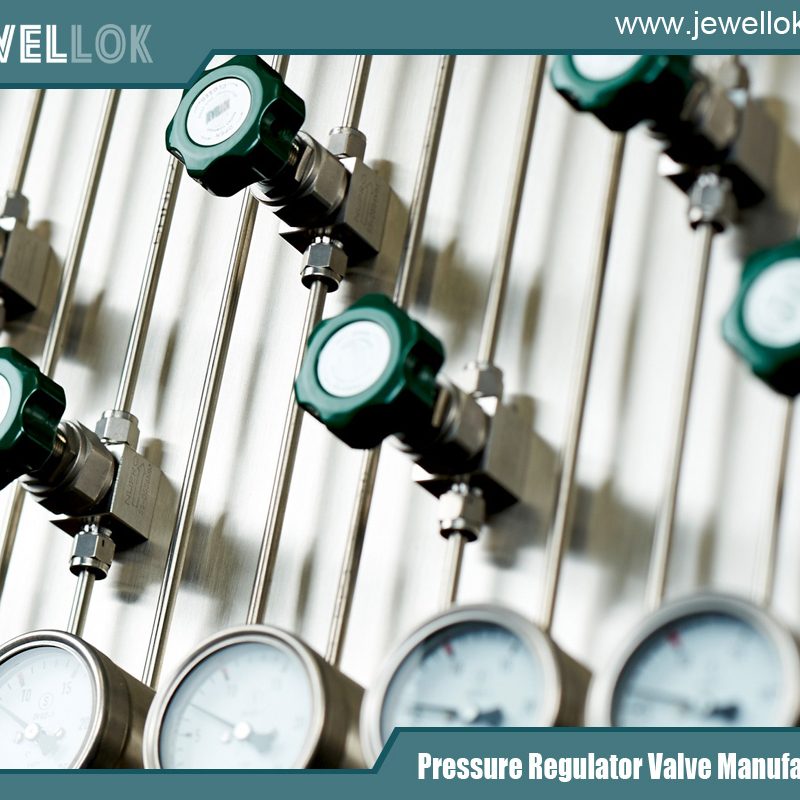
How Can Industrial Diaphragm Valve Manufacturers Optimize Their Valves for Use in High-Purity Industries Such As Pharmaceuticals and Semiconductors?
- Pressure Regulator Valve Manufacturer
- 1/2 gas pressure regulator, 3000psi High Pressure Stainless Steel Diaphragm Valve, 316l stainless steel diaphragm valve, argon gas pressure regulator, best ultra high purity diaphragm valves, BS Standard Pneumatic Diaphragm Valve, China Diaphragm Valve Manufacturers, China high pressure diaphragm valves supplier, diaphragm ball valve, diaphragm valve, Diaphragm Valve 1/2" MNPT Inlet x 1/2"FNPT Outlet, diaphragm valve for flow control, diaphragm valve manufacturer, europe industrial diaphragm valve manufacturer, europe industrial diaphragm valve supplier, gas manifold system, gas regulator, industrial diaphragm valve, industrial diaphragm valve company, industrial diaphragm valve factory, industrial diaphragm valve manufacturers, industrial diaphragm valve supplier, industrial diaphragm valves, italy industrial diaphragm valve factory, laboratory gas valves, Low Pressure Industrial Diaphragm Valves, pressure relief valve vs safety relief valve, stainless steel industrial diaphragm valve manufacturers, ultra high purity
- No Comments
How Can Industrial Diaphragm Valve Manufacturers Optimize Their Valves for Use in High-Purity Industries Such As Pharmaceuticals and Semiconductors?
Industrial diaphragm valves are essential components in fluid control systems, particularly in environments requiring high levels of purity and precision. These valves operate by using a flexible diaphragm to isolate the process fluid from the valve’s operating mechanism, preventing contamination and ensuring reliable shutoff. The diaphragm, typically made from elastomers like PTFE or EPDM, flexes to open or close the flow path, making these valves ideal for handling corrosive, viscous, or particulate-laden fluids.
One critical aspect of diaphragm valve design is the management of “dead volume” or “dead space” within the valve cavity. Dead volume refers to the stagnant areas where fluid can accumulate without being flushed out during normal operation. This can lead to issues such as contamination, bacterial growth, inefficient cleaning, and reduced system performance. In high-purity industries like pharmaceuticals and semiconductors, minimizing dead volume is paramount to maintain product integrity, comply with regulatory standards, and enhance operational efficiency.
As of 2025, industrial diaphragm valve manufacturers have adopted various design optimization measures to address dead volume. These innovations stem from advancements in materials science, computational fluid dynamics (CFD), and manufacturing techniques. This article explores these measures in detail and examines their profound impact on the applicability of diaphragm valves in pharmaceuticals and semiconductors. Drawing from recent industry studies and technological developments, we will analyze how these optimizations not only reduce dead volume but also elevate valve performance in stringent applications. The discussion is structured to provide a comprehensive understanding, supported by expert insights and practical examples.
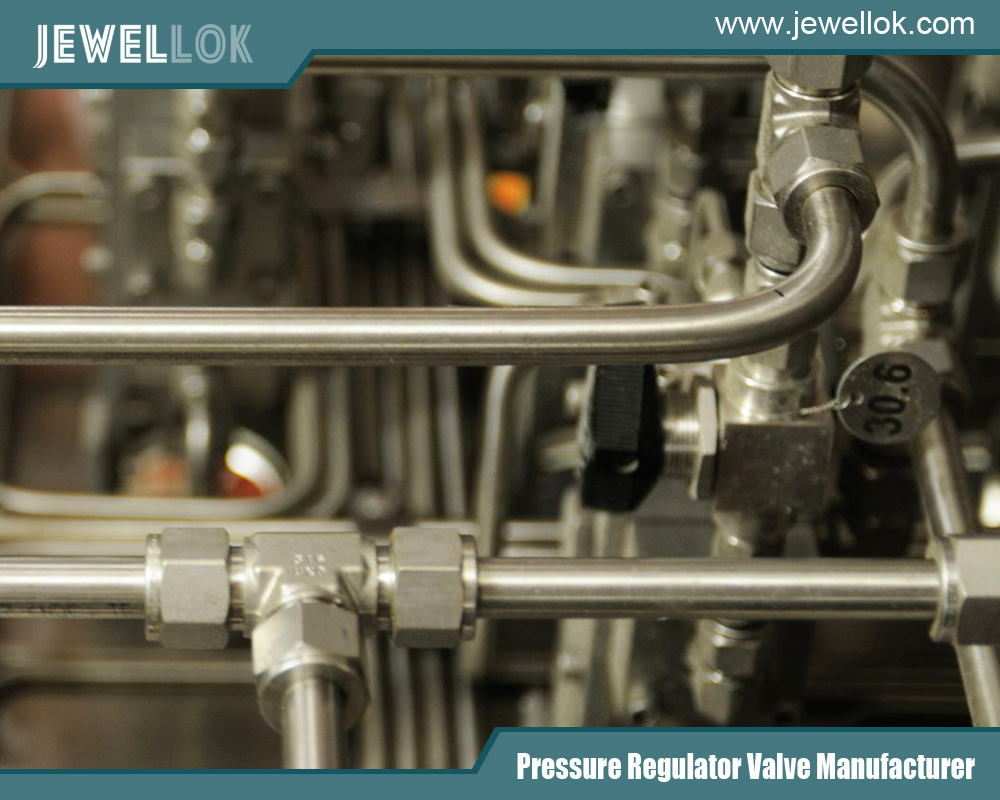
Understanding Dead Volume in Diaphragm Valves
Dead volume in diaphragm valves arises primarily from the geometric configuration of the valve body and the diaphragm’s interaction with it. In traditional designs, such as weir-type or straight-through valves, pockets or crevices form where the diaphragm meets the valve seat or body walls. These areas trap residual fluid, which can mix with subsequent batches, leading to cross-contamination. For instance, in a standard weir-type diaphragm valve, the weir creates a barrier that, while providing excellent shutoff, can result in small dead spaces around the edges.
The consequences of high dead volume are multifaceted. In process systems, it increases the risk of microbial proliferation, especially in biopharmaceuticals where sterility is non-negotiable. It also hampers clean-in-place (CIP) and sterilize-in-place (SIP) processes, as trapped residues require more aggressive cleaning cycles, consuming additional time, water, and chemicals. Quantitatively, dead volumes as small as a few microliters can compromise ultra-high purity (UHP) requirements in semiconductors, where even trace impurities can ruin wafer production.
Manufacturers quantify dead volume through metrics like hold-up volume or internal wetted volume, often measured in microliters (μL). Optimization targets reducing this to near-zero levels, with some advanced designs achieving reductions of 50-80%. Factors influencing dead volume include valve size, material elasticity, pressure ratings, and flow path geometry. By minimizing it, valves become more efficient, sustainable, and compliant with standards like ASME BPE (Bioprocessing Equipment) and FDA regulations.
Design Optimization Measures to Minimize Dead Volume
Industrial diaphragm valve manufacturers employ a range of sophisticated design strategies to minimize dead volume. These measures are informed by finite element analysis (FEA), experimental testing, and feedback from end-users in high-stakes industries. Below, we outline the most commonly adopted optimizations, highlighting their mechanisms and benefits.
- Optimized Cavity and Generatrix Design
A primary approach involves redesigning the valve cavity’s shape, often referred to as optimizing the generatrix—the curve that defines the cavity’s profile. Traditional cavities may have irregular contours that create dead spaces. Manufacturers now use CFD simulations to streamline the internal geometry, ensuring smooth transitions and minimal recesses.
For example, research on high-pressure diaphragm systems proposes a cavity volume matching method that accounts for fluid compressibility. In one study, a design incorporating a free-moving oil piston dynamically adjusts the cavity volume, exploiting hydraulic oil’s properties to achieve a “zero pressure” stage during operation. This reduces dead volume by fully utilizing the cavity space, with experimental results showing volumetric efficiency improvements from 0.19 to 0.64 in ultra-high-pressure scenarios. Such optimizations also lower radial stresses by 8-13.9%, enhancing diaphragm longevity.
In practice, companies like Saunders® apply this to aseptic valves, machining bodies from solid barstock to eliminate internal welds and crevices, thereby reducing hold-up volumes.
- Tandem and Cluster Valve Configurations
Tandem valves integrate a main valve with a secondary access valve, minimizing dead legs—short, stagnant pipe sections. This design reduces the number of fittings, diaphragms, and welds by half or more, directly cutting dead volume. For instance, machined tandem valves offer compact geometry with self-draining angles (2-3 degrees), ensuring complete fluid evacuation.
These configurations optimize drainability in both vertical and horizontal orientations, with features like hash marks for installation alignment. By customizing clusters for specific processes, manufacturers meet ASME BPE standards, reducing contamination risks in multi-port systems.
- Soft Elastomer Valve Seats and Diaphragm Materials
Innovative material choices, such as using soft perfluoroelastomers (FFKM) for valve seats, allow the diaphragm to compress fully against the body, eliminating trapped spaces. Conventional hard seats leave residual volumes (e.g., 87 μL), but soft designs reduce this to 34 μL or less. This “zero-dead-volume” approach prevents cross-contamination and accelerates flushing, crucial for analytical instruments.
Additionally, positive retraction diaphragms in bulk diaphragm valves (BDVs) minimize surface area and particle entrapment, further lowering dead volume. Manufacturers optimize diaphragm flexibility and thickness to balance sealing with minimal cavity distortion.
- Alternative Technologies and Hybrid Designs
Some manufacturers shift from traditional diaphragms to alternatives like Purged Lip Seal Valves (PLSV), which eliminate dead volume and pressure drops inherent in diaphragm designs. PLSV uses a solid insert, avoiding elastic deformation that creates pockets, resulting in stable baselines and precise measurements.
Hybrid optimizations include electropolished surfaces (to 10 Ra finish) and reduced component counts in systems, as seen in chromatography valves where hold-up is halved.
- Inlet/Outlet and Actuation Optimizations
Fine-tuning inlet and outlet placements synchronizes with diaphragm movement, enhancing flow dynamics. Pneumatic or electric actuators with precise control minimize over-compression, preserving cavity integrity. Low-pressure designs further aid in dead volume reduction by optimizing system-wide flow.
These measures collectively reduce dead volume by 50-90%, depending on the application, improving reliability and maintenance intervals.
Impact on Applicability in the Pharmaceutical Industry
In pharmaceuticals, where processes involve biologics, vaccines, and sterile injectables, low dead volume diaphragm valves significantly enhance applicability by mitigating contamination risks and streamlining operations.
Pharmaceutical manufacturing demands compliance with cGMP (current Good Manufacturing Practices) and USP Class VI standards. High dead volume can harbor bacteria, leading to batch failures costing millions. Optimized designs, like weir-type valves with low dead spaces, reduce bacterial growth by minimizing trapped media. This supports effective CIP/SIP, where self-draining tandem valves ensure complete sterilization without residues.
For bioprocessing, such as fermentation and purification, zero-dead-volume valves prevent cross-contamination between batches, improving yield and purity. A case study in chromatography systems showed that reducing hold-up volumes increased yields by eliminating stagnant areas. This optimization allows for smaller sample volumes, reducing costs in drug development.
Moreover, in aseptic filling lines, low dead volume enables faster cycle times and better scalability. Manufacturers report 15-30% reductions in cleaning times, enhancing sustainability by lowering water usage. Overall, these valves expand applicability to advanced therapies like cell and gene therapy, where purity is critical.
Impact on Applicability in the Semiconductor Industry
The semiconductor industry relies on UHP gases and precise fluid control for processes like atomic layer deposition (ALD) and chemical vapor deposition (CVD). Here, dead volume optimizations in diaphragm valves are transformative, preventing particle contamination that could defect chips.
Semiconductors require gas purity exceeding 99.9999%, with dead volumes causing stagnation and impurity buildup. BDVs with low dead volume minimize internal spaces, ensuring precise gas delivery in bulk systems and valve manifold boxes. Their electropolished surfaces and tied diaphragms reduce particle entrapment, maintaining Cv values up to 2.8 for high-flow applications.
In ALD, improved valves offer thermal stability to 200°C and higher flows (1.7 Cv), enabling new precursor gases without residue issues. This supports sub-5nm node fabrication, where even microliter dead volumes can cause dosing inconsistencies.
Leak prevention (≤ 1 x 10⁻⁹ scc/sec He) and long service life further enhance reliability in sub-fab environments. Optimizations like zero-dead-volume fittings complement valves, reducing system diffusion. As a result, these valves facilitate higher throughput, lower defect rates, and innovation in EUV lithography, making them indispensable for 2025’s advanced nodes.
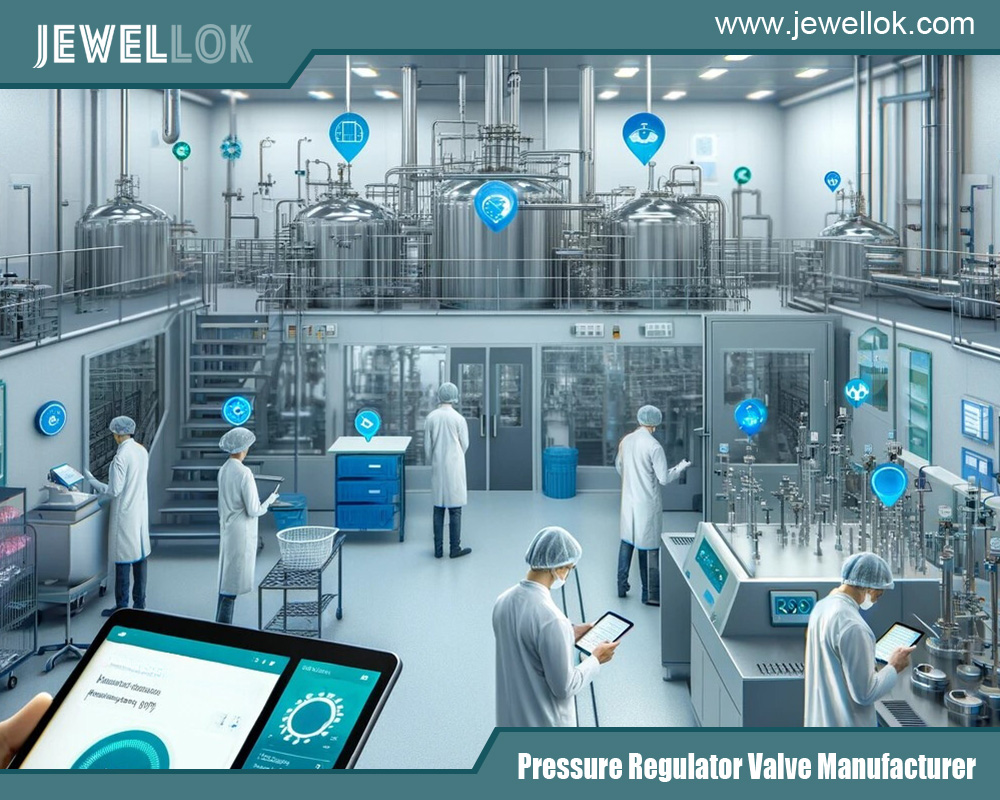
Conclusion
Minimizing dead volume in industrial diaphragm valves through optimizations like cavity redesign, tandem configurations, soft seats, and alternative technologies represents a cornerstone of modern manufacturing. These measures not only address inherent design limitations but also profoundly enhance valve applicability in high-purity sectors.
In pharmaceuticals, they ensure sterility, compliance, and efficiency, supporting the industry’s shift toward personalized medicine. In semiconductors, they enable precision and innovation, driving the next generation of electronics. As technologies evolve, manufacturers will continue integrating smart sensors and sustainable materials, further reducing dead volume and expanding applications.
Ultimately, these optimizations underscore the synergy between engineering ingenuity and industry needs, fostering safer, more efficient processes in 2025 and beyond.
For more about how can industrial diaphragm valve manufacturers optimize their valves for use in high-purity industries such as pharmaceuticals and semiconductors?, you can pay a visit to Jewellok at https://www.jewellok.com/ for more info.
Recent Posts
How Does the Two-Stage Nitrogen Regulator Work?
How Does a Single-Stage Oxygen Regulator Work?
What is Exhaust Gas Cleaning System?
How Does A Low-Pressure Back Pressure Regulator Work?
How Does An Oxygen Gas Changeover Manifold Work?
How Does An Argon Gas Changeover Manifold Work?
How Does A Helium Gas Changeover Manifold Work?
Tags
Recommended Products
-
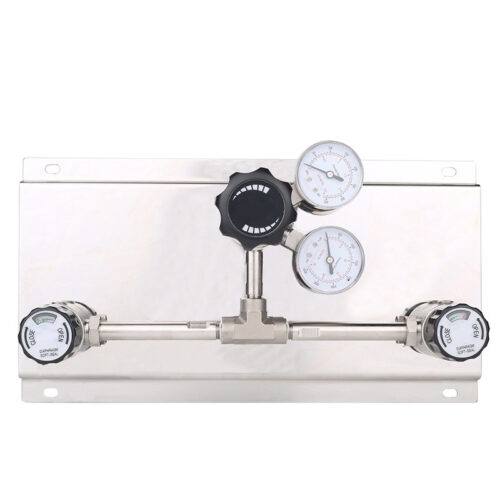
High Pressure High Flow Specialty Gas Control Panel With Diaphragm Valve , 3000Psig Oxygen Control Medical Changeover Manifold Panel
-
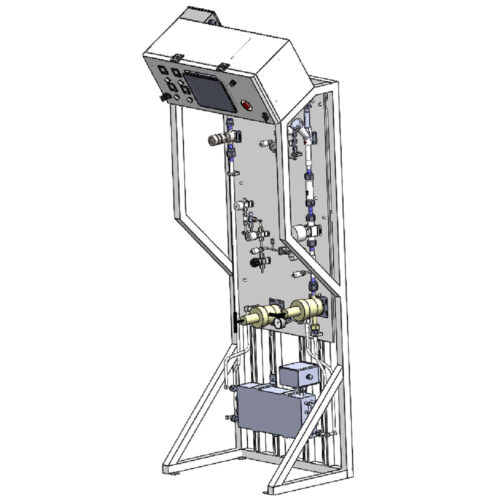
Semiconductor High Purity High Pressure Specialty Gas Bottle Gas Cylinder Storage Cabinet And Gas Pressure Regulating Cabinet
-
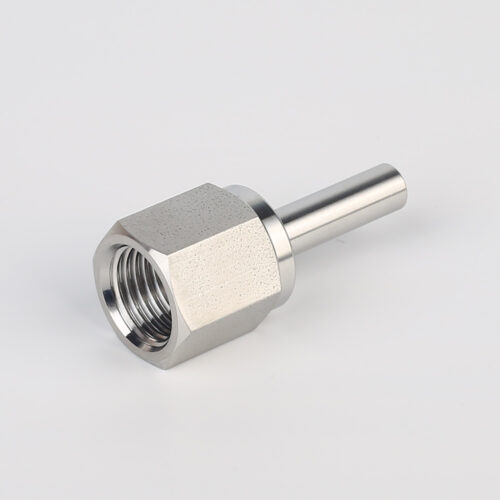
739LF High Purity Female Adapter Tube To Pipe Fittings And Connectors
-
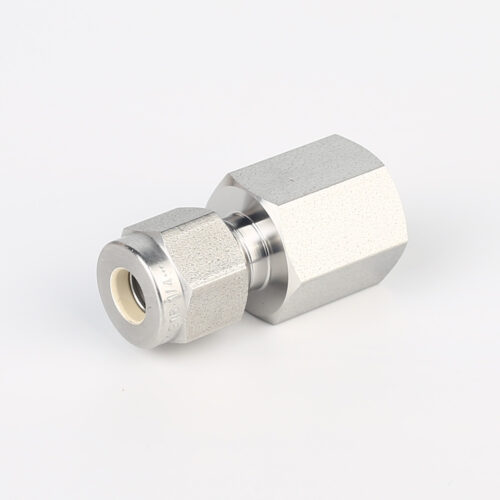
766L High Purity Female Connector UHP Fitting Female Connector
-
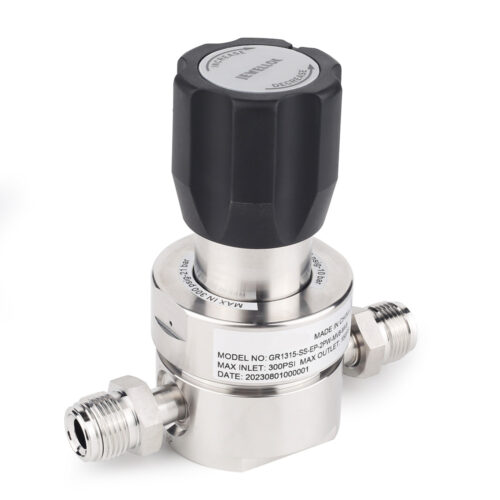
JR1300 Series Ultra High Purity Single Stage Regulator High Flow Line Regulator For Ultra High Purity Intermediate Flow
-
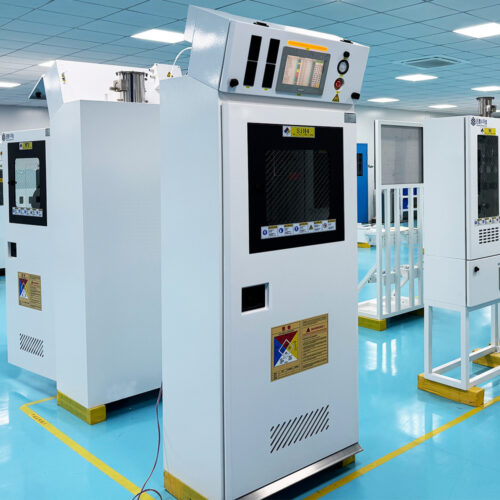
Fully Automated Gas Cabinet For Precise UHP Gas Delivery And High Purity Gas Delivery Systems JW-300-GC
-
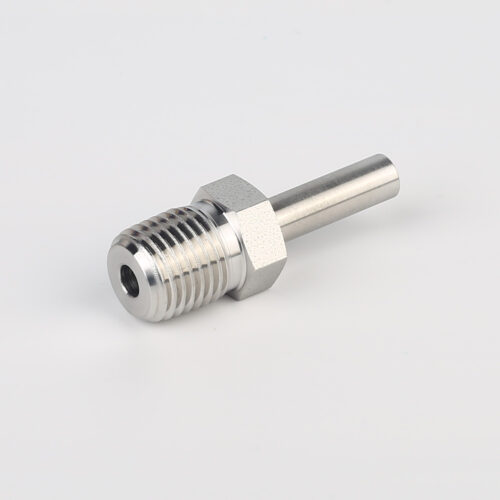
739 High Purity LMR Male Adapter Tube To Pipe Fittings And Adapters
-
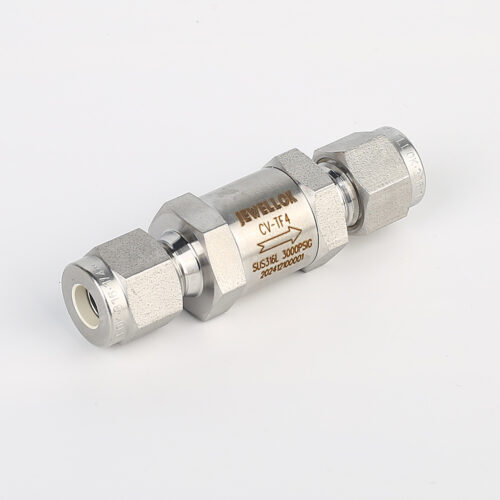
High Pressure High-Purity Welded Check Valves And Low Cracking Pressure Check Valve JCV1 Series